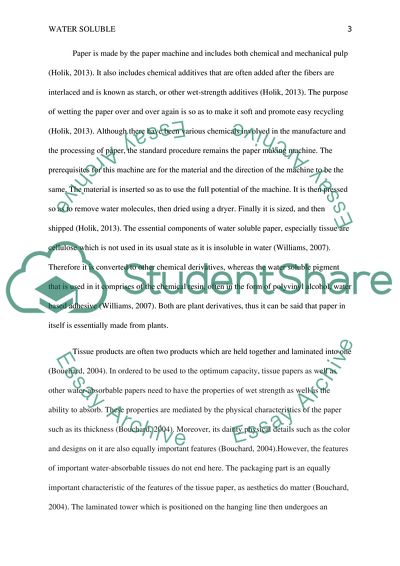Cite this document
(Water-Soluble Article Example | Topics and Well Written Essays - 1500 words, n.d.)
Water-Soluble Article Example | Topics and Well Written Essays - 1500 words. https://studentshare.org/chemistry/1851885-water-soluble-paper
Water-Soluble Article Example | Topics and Well Written Essays - 1500 words. https://studentshare.org/chemistry/1851885-water-soluble-paper
(Water-Soluble Article Example | Topics and Well Written Essays - 1500 Words)
Water-Soluble Article Example | Topics and Well Written Essays - 1500 Words. https://studentshare.org/chemistry/1851885-water-soluble-paper.
Water-Soluble Article Example | Topics and Well Written Essays - 1500 Words. https://studentshare.org/chemistry/1851885-water-soluble-paper.
“Water-Soluble Article Example | Topics and Well Written Essays - 1500 Words”. https://studentshare.org/chemistry/1851885-water-soluble-paper.


